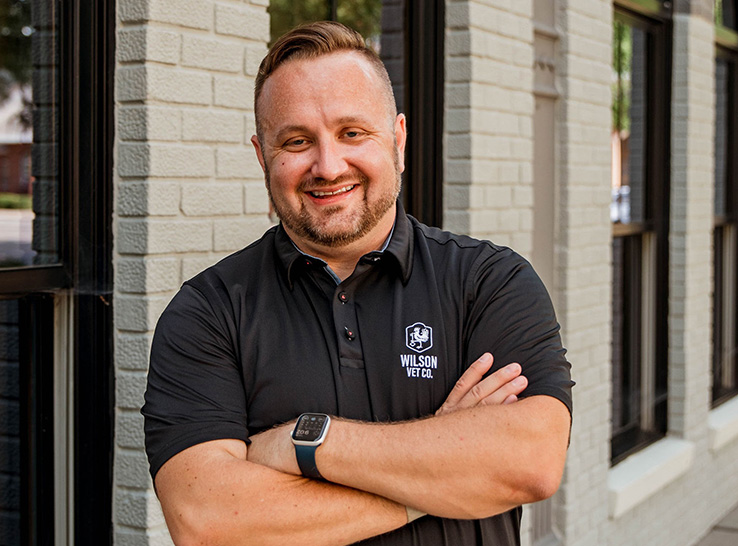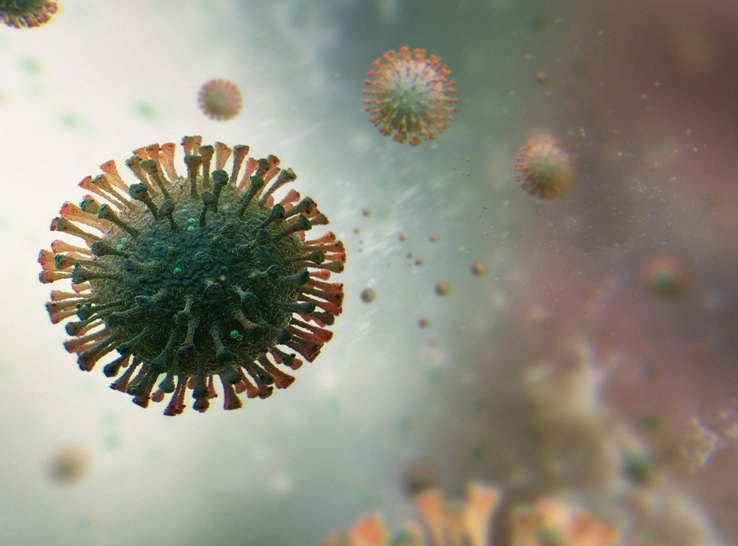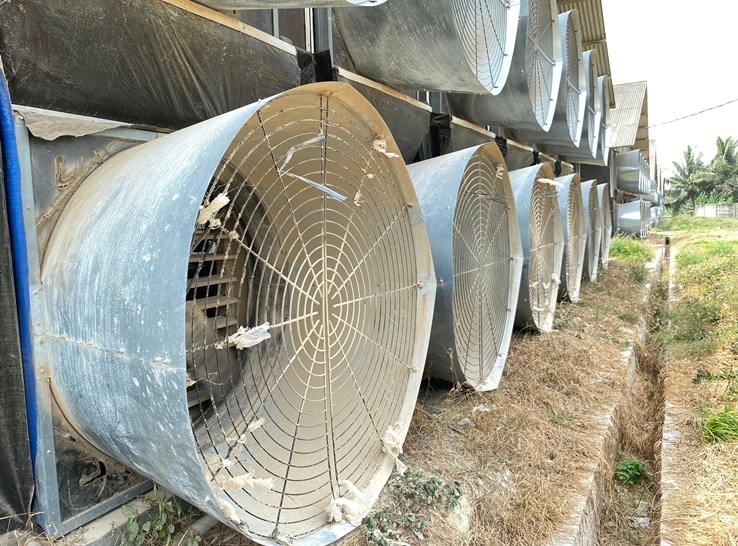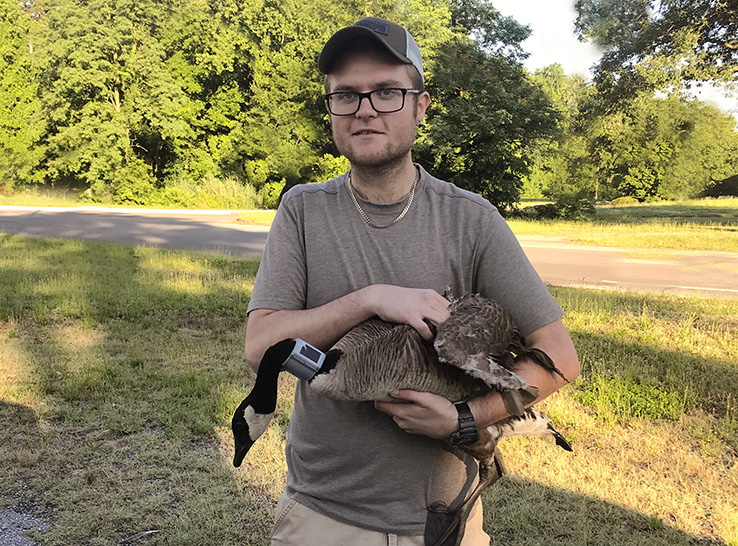Questions remain around the transmission of highly pathogenic avian influenza (HPAI) into and within poultry houses, but the infectious nature of the virus is its biggest weapon, according to a USDA expert.
“The virus that we’re dealing with now is 50,000 times more infectious for chickens than the virus we dealt with before,” Erica Spackman, PhD, research lead at the USDA’s Agricultural Research Service (ARS), told an audience at the 2025 Dust and Disease in Egg Production virtual forum, organized by the Egg Industry Center.
“We already have a much lower bar to infection than we did in the past, and that may be facilitating how the virus is spreading during this particular outbreak.”
Air sampling shortfalls
Despite the threat, studies have shown that air sampling does not accurately reflect infectivity through the airborne route.
Often, the amount of virus being picked up in the air at poultry production facilities is “fairly low,” Spackman explained, especially when compared to the sensitivity of testing infected individuals. This mismatch may relate to the timing of sampling, with some taking place during depopulation, where she noted that, “To detect the virus, we have to pull in a lot more air than would be the breathing volume of probably an entire flock.”
She also pointed to the distances from an infected premises where the virus tends to be detected as a further illustration of the limits of airborne detection. Recorded virus drops off in the first few hundred feet from premises, with parallels to where ammonia is detected from broiler houses. “There may be something inherent where the dilution effect is beyond our sensitivity for air sampling,” she said.
Dander, insects may play pivotal role
While studies have left a lot of “open questions” about the efficacy of manure and litter in transmitting viruses in poultry houses, dander is “probably one of our worst offenders,” Spackman suggested, pointing to research showing high levels of infectious particles in feather pulp.
Not every airborne element has the same effect, however. It is possible that the HPAI virus may absorb and become inactivated on some dust particles, she noted.
Regarding how HPAI is entering poultry houses, further studies are needed to paint a clearer picture.
“There’s probably more than one thing going on, and it can be difficult to tease apart whether it’s contact versus airborne, or some kind of combination of all of the above,” Spackman said.
Work continues at the ARS, with one key area being an exploration of whether flies or other insects are helping to move the virus around.
“This is something we’re trying to understand a little bit better, as there may be some other intermediaries in there, rather than the virus blowing from the fields into the houses. That may be at least going on in some situations,” she added.







